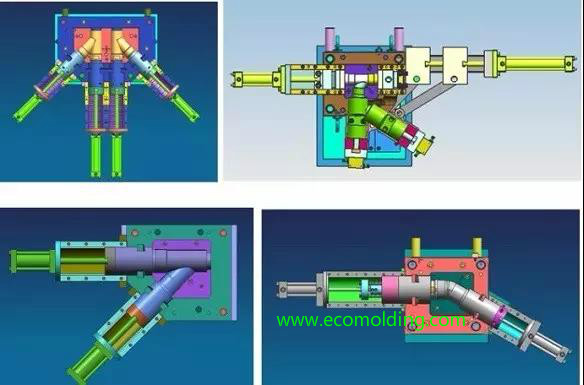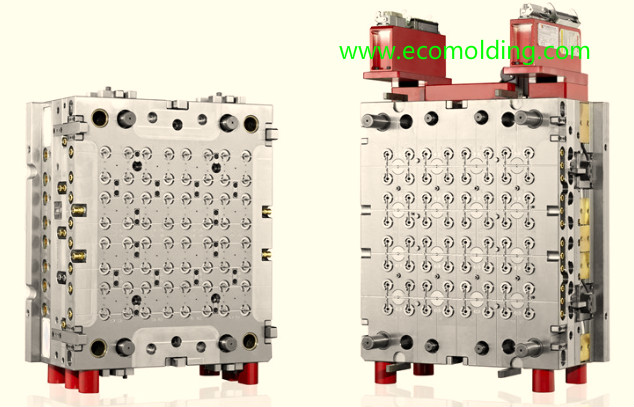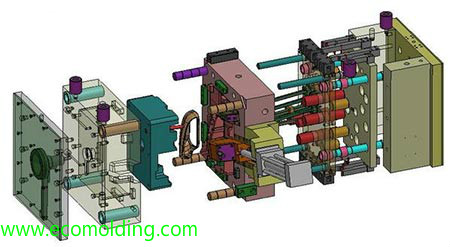Basic Mold Design Principle:
Carefully analyze the technical performances of the plastic part, appropriately determine the molding method / molding process, select the appropriate injection machines, and then design the plastic injection mold according to the basic requirements of the plastic part and the technical properties of the plastic material.
Key Considerations:
- Consider the relationship between the technical features of injection machine and mold design;
- The rationality, economy, applicability and practical feasibility of the mold structure.
- The accuracy of the structural shape and dimensions, the feasibility of the manufacturing process, the requirements and accuracy of the material and heat treatment, such technical requirements as view presentation, dimensional criteria, shape / positional tolerance and surface roughness, etc. must meet client requirements.
- Mold design should take into account such factors as easy processing and maintenance, safety and reliability, etc.
- Ensure that the designed mold is easy to process with a low cost, based on the actual production conditions.
- For complex molds, consider applying mechanical processing or special machining process, as well as how to assemble after processing, and how to keep a sufficient margin for mold modification after mold trial.

Design Process of Plastic Injection Mold:
1.Recieved the order from client
Client provide 3D model and 2D drawing with spec or just provide physical sample,then need us to 3D scan the sample and make 3d data accordingly.
2. Collect, analyze and assimilate engineering information:
A: Plastic part analysis
a: Define the design requirements of the plastic part, understand the material used for the plastic part and the design requirements through the design drawings, as well as the application, assembly and appearance requirements of the plastic part with complex shapes and high precision requirements.
b: Analyze the possibility and economy of the plastic part in injection molding process.
c: Identify the lot size (production cycle, production efficiency) of the plastic part, which is usually specified in the client order.
d: Calculate the volume and weight of the plastic part.
The above analysis mainly aims to select the appropriate injection molding equipment, improve utilization, and determine the number of mold cavities, as well as the mold size.
B: Analyze the plastic injection molding process:
Molding method, molding equipment, material model, and mold type, etc.
3. Technical specs of the molding equipment:
The locating ring diameter, the spherical radius and diameter of the front end of the nozzle, the maximum injection volume, the injection pressure, the injection speed, the clamping force, the maximum and minimum opening distance between the fixed and the movable sides, the projected area between the fixed and the movable plates, the location and size of screw installation hole, the adjustable length of the adjustable screw nut, the maximum mold opening stroke, the distance between the tie rods, the diameter and location of ejector rod, and the ejection stroke, etc. of the injection molding machine
4.Determine the mold structure:
Usually, an ideal mold structure:
A: Process technology requirements: geometric shape, dimensional tolerance, and surface roughness, etc. meet international standards.
B: Production economic requirements: low cost, high productivity, long mold service life, easy processing and manufacturing.
C: Product quality requirements: meet all requirements specified in client drawings.
The software we use:
Our engineer mainly used the following software:
Pro/ENGINEER
SolidWorks
AutoCAD
Moldflow
MasterCAM
Unigraphics
Animatronic
Surfcam
CATIA


